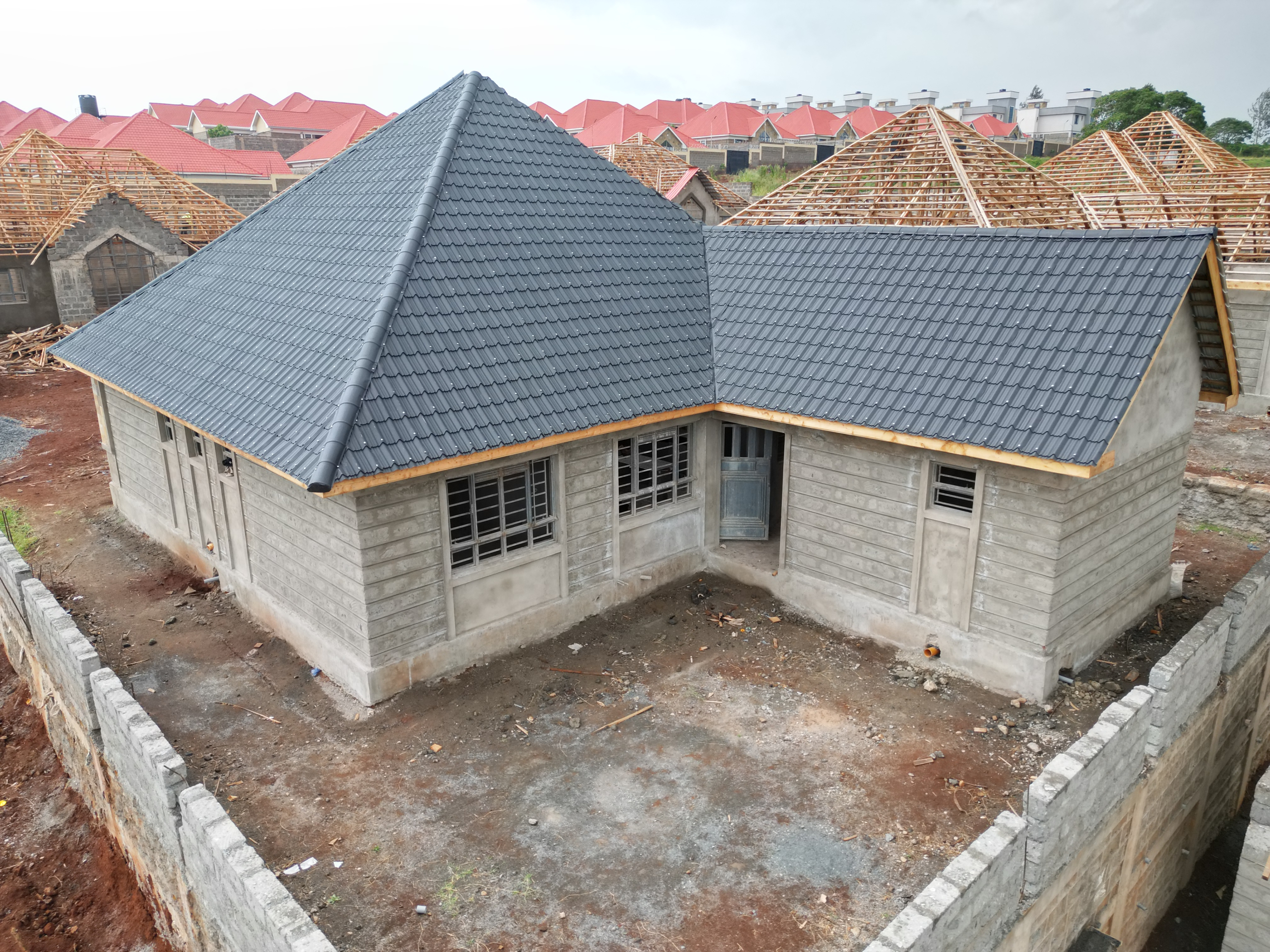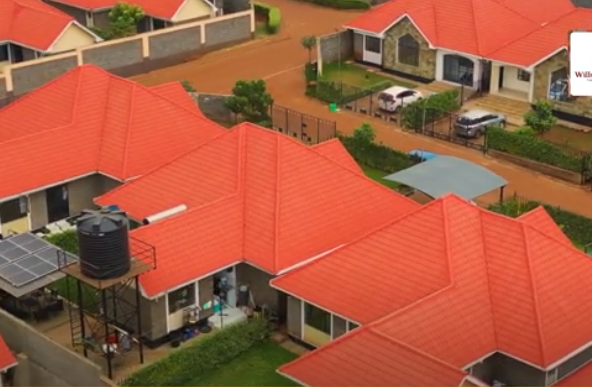Buying a home in Kenya is a dream for many, but it comes with more than just the price tag of the property. Many first-time buyers focus on the down payment and monthly mortgage but overlook the hidden costs of homeownership in Kenya. These additional expenses can catch you off guard if you’re not prepared. This article will uncover these hidden costs and provide practical tips to help you budget effectively, ensuring your homeownership journey in Kenya is as smooth and stress-free as possible.
Property Taxes
In Kenya, property taxes are a recurring expense that many buyers underestimate. These taxes are levied by county governments and are based on the value of your property. For instance, in Nairobi, property rates are calculated as a percentage of the property’s value, which can vary depending on the location and size of the home. It’s important to research the property tax rates in your area before buying and factor them into your monthly budget. Some mortgage lenders in Kenya offer escrow accounts, which allow you to spread out property tax payments over the year, making them more manageable.
Read also: Kenya Real Estate: How PropTech is Revolutionizing the Property Market
Homeowners Insurance
Homeowners insurance is essential to protect your investment from unforeseen events like fires, theft, or natural disasters. In Kenya, the cost of insurance can vary depending on the location, size, and age of your home. For example, homes in areas prone to flooding or landslides may require additional coverage, which can increase premiums. Shopping around for the best insurance rates and bundling your home and auto insurance can help reduce costs. Additionally, reviewing your policy annually ensures you have adequate coverage without overpaying.
Home Maintenance Costs
Unlike renting, where the landlord handles repairs, homeowners in Kenya are responsible for all home maintenance costs. From leaky roofs to broken appliances, these expenses can add up quickly. A general rule of thumb is to set aside 1-2% of your home’s value annually for maintenance. For example, if your home is valued at KES 10 million, you should budget KES 100,000 to KES 200,000 per year for upkeep. Building an emergency fund for unexpected repairs and learning basic DIY skills can also help you save money and manage these expenses more effectively.
Utility Bills
Utility bills can be significantly higher for homeowners compared to renters, especially if you’re moving into a larger space. In Kenya, costs for electricity, water, and internet can vary depending on your location and usage. For example, heating and cooling a larger home can lead to higher energy bills. Investing in energy-efficient appliances, conducting an energy audit to identify areas for improvement, and monitoring your usage can help reduce these costs. Small changes, like using energy-saving bulbs or solar panels, can also make a big difference over time.
Read also: Buy Homes in Kenya: The Ultimate Guide
Homeowners Association (HOA) Fees
If you’re buying a property in a gated community or apartment complex in Kenya, you may be required to pay HOA fees. These fees cover shared amenities and maintenance but can be a significant monthly expense. For example, HOA fees in upscale communities like Karen or Runda can range from KES 5,000 to KES 20,000 per month. Before buying, review the HOA’s financial health and rules to ensure they align with your lifestyle and budget. Understanding what the fees cover and whether they’re likely to increase can help you avoid surprises down the road.
Closing Costs
Closing costs are often overlooked but can add a significant amount to your upfront expenses when buying a home in Kenya. These costs include fees for legal services, title searches, stamp duty, and valuation reports. On average, closing costs can range from 2% to 5% of the home’s purchase price. For a KES 10 million home, that’s KES 200,000 to KES 500,000. To manage these expenses, request a detailed estimate of closing costs from your lender and consider negotiating with the seller to cover some of the costs. Budgeting for these expenses in addition to your down payment is crucial to avoid financial strain.
Read also: Blockchain and the Real Estate Sector in Kenya
Landscaping and Outdoor Maintenance
If your new home in Kenya comes with a yard, you’ll need to budget for landscaping and outdoor maintenance. This includes lawn care, tree trimming, and seasonal upkeep. For example, maintaining a lush lawn may require regular mowing, fertilizing, and watering, which can add up over time. Investing in low-maintenance landscaping options, such as native plants or drought-resistant grass, can help reduce these costs. Additionally, purchasing essential tools like a lawnmower and trimmer can save money in the long run compared to hiring professionals for every task.
Pest Control
Pest infestations can be a costly and frustrating problem for homeowners in Kenya. Regular pest control services may be necessary to protect your property from termites, rodents, or other pests. For example, termite damage can cost thousands of shillings to repair if not addressed promptly. Scheduling regular inspections and treatments, sealing cracks and gaps to prevent pests from entering, and addressing any issues promptly can help you avoid larger infestations and costly repairs.
Home Renovation Costs
Many buyers in Kenya plan to renovate or upgrade their new home, but these projects can quickly exceed your budget. From kitchen remodels to bathroom upgrades, the home renovation costs can add up. For instance, a mid-range kitchen renovation can cost anywhere from KES 500,000 to KES 1 million. To manage these expenses, prioritize essential renovations over cosmetic upgrades and get multiple quotes from contractors before starting any project. Setting a realistic budget and sticking to it can help you avoid overspending.
Read also: AI Integration in Kenya’s Real Estate
Moving Costs
Moving costs are another expense that many buyers forget to factor into their budget. Moving into a new home in Kenya involves more than just packing boxes. You’ll need to budget for moving trucks, packing supplies, and potentially professional movers. For example, hiring a full-service moving company for a long-distance move can cost several thousand shillings. To save money, consider decluttering before moving to reduce the volume of items and compare quotes from multiple moving companies. Planning your move during off-peak times, such as weekdays or non-holiday periods, can also help reduce costs.
While homeownership is a rewarding milestone, it’s essential to be aware of the hidden costs of homeownership in Kenya to avoid financial surprises. By understanding and planning for expenses like property taxes, maintenance, utilities, and HOA fees, you can ensure a smoother and more enjoyable homeownership experience. Preparation is key—create a detailed budget, build an emergency fund, and stay informed about the costs associated with your new home. With the right approach, you’ll be well-equipped to handle the responsibilities of homeownership and enjoy the benefits for years to come.
Read also: Smart Solutions Transforming Kenya’s Real Estate Landscape




